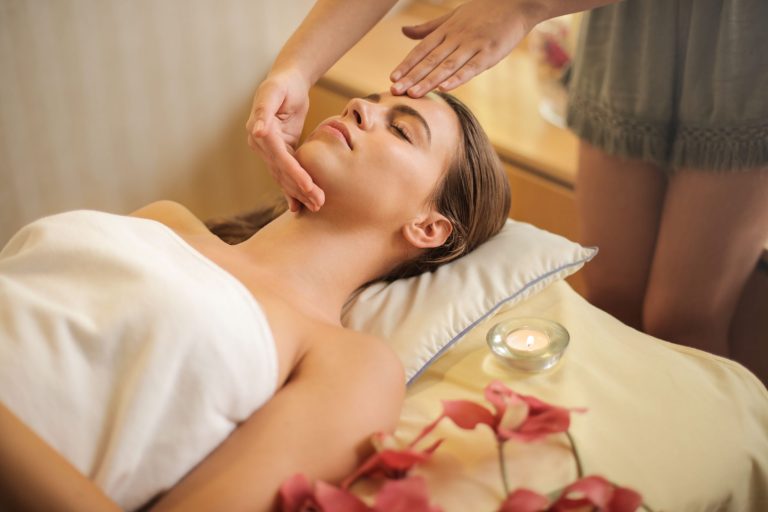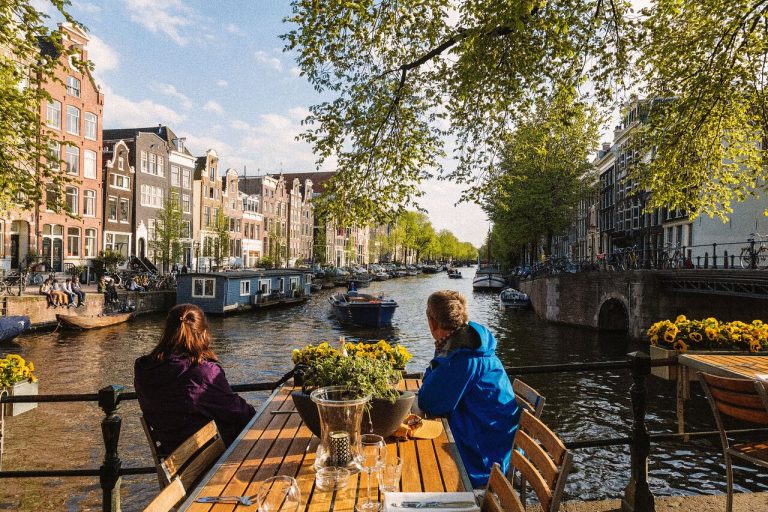
When the majority of people pack their bags for their annual holiday, it doesn’t even cross their mind to look into any rules and regulations regarding taking photographs in their chosen destination. For this reason, let’s take a look at the dos and don’ts for snappers in Ireland.
Normally speaking, you may click photographs with all your might as long as you are in a public place. The explanation of “public place” here being a place not in private proprietorship, which you may enter independently and without conditions levied.
Keep in mind that all this stated to you yourself being in a public place, not to the target of your photographic need being there. Trying to nip a private place from public space is basically legal. Because you are in a public place, you may take pictures of private property for instance buildings or artworks, but the proprietor may target and even bully to call the guards. Keep away a conflict, say “Sorry!” smile and quietly walk away.
Out and about
As a rule of thumb, when you are in a public place in Ireland – whether as a tourist on the hunt for St Patricks Day gifts or that elusive shamrock – you can snap away with no restrictions. That said, if you are in a public place, you should avoid both trespassing and obstructing, with obstructing the police being an obvious example.
Private eye
It is worth knowing that if you take photos on private property without the say-so of the owner, you are technically trespassing. Once you are on private property, you are bound by the rules, including those surrounding photography. Even if you flout these rules, nobody has the right to damage or confiscate your property.

Face-off
Unless people object, it is generally OK to take photos of people; however, although it might be OK to buy and sell St Patricks Day gifts, it certainly isn’t when it comes to images of people you have snapped. If you are planning on doing this, you will need written consent.
Be careful
The advice regarding photographing children is simple: if you don’t have explicit permission, don’t do it. It is as simple as that.
The professional approach
Whether you are taking photos in a shop of a large range of St Patricks Day gifts or on top of a mountain, the rules surrounding photography vary vastly depending on whether you are a professional or amateur photographer. It is worth researching these differences and making sure you understand the implications.
One thing valuable to state are the uber-heedful rules and regulations catch’s ones breathing specifically in Northern Irish museums concerning photography. Really, you will be inquired not to take any images of children, an adverse reaction of the widespread child abuse hysteria. Numerous places also inquire you to fill in a form and sign it, consenting to these conditions. Be careful against walking into a park or playground and then starting to take pictures of children.
Open and honest
Generally speaking, you aren’t flouting any rules and regulations if you are taking your photos openly; however, if you use hidden cameras in virtually any location, you will only be heading for hot water.
Our conclusion
This doesn’t just apply to Ireland – in today’s hyper-vigilant world, everybody taking photographs should be aware that there is always a chance of coming under fire for gathering intelligence or being seen as a public enemy. Keep in mind that this is a general guideline only and those local laws, in addition privacy laws, may preside over your publication. Also, think about the phrase “non-commercial use only” frequently found in rules in regard to photography at attractions and in museums.







